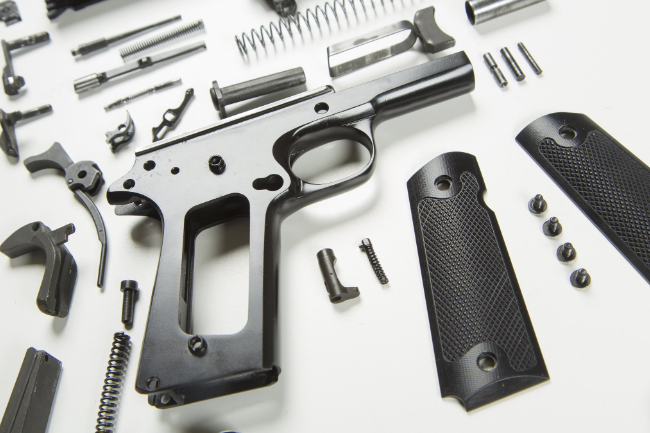
When deciding between plastic parts and metal parts for manufacturing or design purposes, there are several factors to consider, including cost, performance, durability, weight, and environmental impact. Both materials have distinct advantages and limitations, and the choice between them depends on the specific application and performance requirements. Below is a detailed comparison of plastic and metal parts across various key factors:
| Factor | Plastic Parts | Metal Parts |
|---|---|---|
| Cost | Lower material and manufacturing cost | Higher material and manufacturing cost |
| Strength/Durability | Lower strength, less durable, more impact-resistant | Higher strength, more durable, resistant to wear |
| Weight | Lighter, ideal for weight-sensitive applications | Heavier, but stronger weight-to-strength ratio |
| Heat Resistance | Limited heat resistance, varies by plastic type | Excellent heat resistance, good for high-temperature environments |
| Chemical Resistance | Generally good, but varies with plastic type | Often less resistant to chemicals, but corrosion-resistant with certain alloys |
| Environmental Impact | Often non-biodegradable, but recyclable | Highly recyclable, lower environmental impact in recycling |
| Electrical Conductivity | Poor conductor (ideal for insulation) | Good conductor (ideal for electrical components) |
Conclusion
- Plastic parts are ideal for cost-sensitive, lightweight, non-heat-resistant, and chemical-resistant applications. They excel in industries like consumer goods, packaging, and electronics.
- Metal parts are preferred for strength, durability, heat resistance, corrosion resistance, and electrical conductivity, making them more suitable for industries like automotive, aerospace, and heavy machinery.
In many cases, the choice between plastic and metal depends on specific performance needs, production requirements, and environmental factors. Often, a hybrid approach using both materials can also be used to leverage the strengths of each.
 DTG Mould Trade Process |
|
| Quote: | According to sample, drawing and specific requirement. |
|---|---|
| Discussion | Mold material, cavity number, price, runner, payment, etc. |
| S/C Signature | Approval for all the items. |
| Advance | Pay 50% by T/T |
| Product Design Checking | We check the product design. If some position is not perfect, or can not be done on the mould, we will send customer the report. |
| Mold Processing | Send report to customer once each week |
| Mold Testing | Send trial samples and try-out report to customer for confirmation |
| Mold Modification | According to customer’s feedback. |
| Balance Settlement | 50% by T/T after the customer approved the trial sample and mould quality. |
| Delivery | Delivery by sea or air. The forwarder can be designated by your side. |
 |
|

